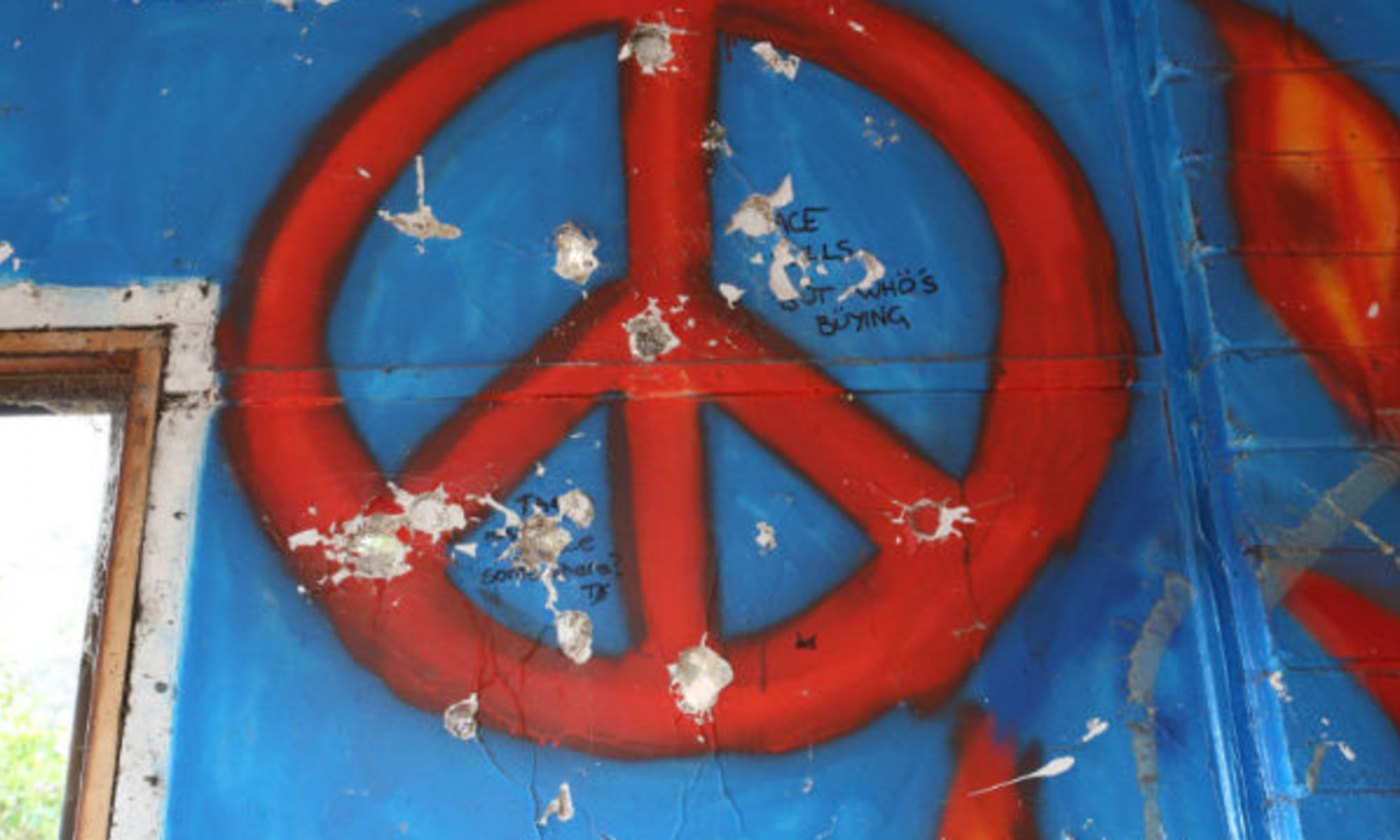By Ferial Berjawi
Even before criminal justice systems were established and instituted, restorative justice was long practiced by different cultures and populations around the world. Extending beyond just the notion that crimes are violations of the law and an evidentiary-based process, restorative justice focuses on the harm that was caused to individuals, relationships and the community. In the session with Julie Jackford-Bradley, she explained three ties of restorative justice. The first is prevention through building and strengthening relationships, which requires strong social-emotional intelligence and compassion, deep listening and story telling. It creates intentional communities of care and value-based communication. The second tier is intervention, which focuses on repairing relationships, identifying harms and needs, and addressing structural problems. The third tier is reintegration which aims to reduce recidivism and establish a productive way-forward.
I think restorative justice is an incredibly appealing concept and an ambitious model to address the failures of the punitive system. It offers a more positive and constructive approach to addressing harm done to victims and holding offenders accountable for their mistakes by directly communicating with those harmed. It places humanity, compassion, and truth at the forefront of the process; hence, allowing for true reconciliation and the elimination of resentment and hatred. It aims to give survivors a bigger role in the justice process to tailor it to their particular needs for healing. This was particularly salient during the session with Cheryl Ward-Kaiser where she generously shared her personal story of violence and restorative justice with us. Her generosity of spirit, radical humanization, and resilience were absolutely breathtaking and overwhelming, and she is absolutely right that it takes tremendous strength to face the person who has done you wrong and inflicted pain and harm onto you and your family. There is nothing more powerful than being able to find that forgiveness in your heart. I agree with her that this process helps the survivor heal and move on with their life without letting one incident or a series of incidents have the power to completely control their emotional, mental and physical wellbeing.
However, I worry that restorative justice in practice might not always be as victim-centered as envisioned. It might do more to vindicate the offenders from their guilty conscious, if they have one, than to heal the victim. It might have worked in the case of Cheryl because she actively tried to talk to her offenders, and it seems like the burden fell on her to drive this process of healing. It ultimately depends on the victim and their willingness to engage with those who have inflicted pain on them. It also depends on the moral compass and remorse of the offender, and whether they will truly feel and see the impacts of their acts. Thus, restorative justice might indeed fail in a lot of situations, and as the prosecutor during the session mentioned, it will not work in cases of domestic violence where the victim and offender are family members. Even if it does work, the offender, I believe, has to redeem himself/herself in order for justice to be truly achieved. So, I personally think that there needs to be a mix of punitive and restorative processes in the justice system, and ultimately the balance should be determined by the victim, according to their needs and desires in proportion to the crime.


